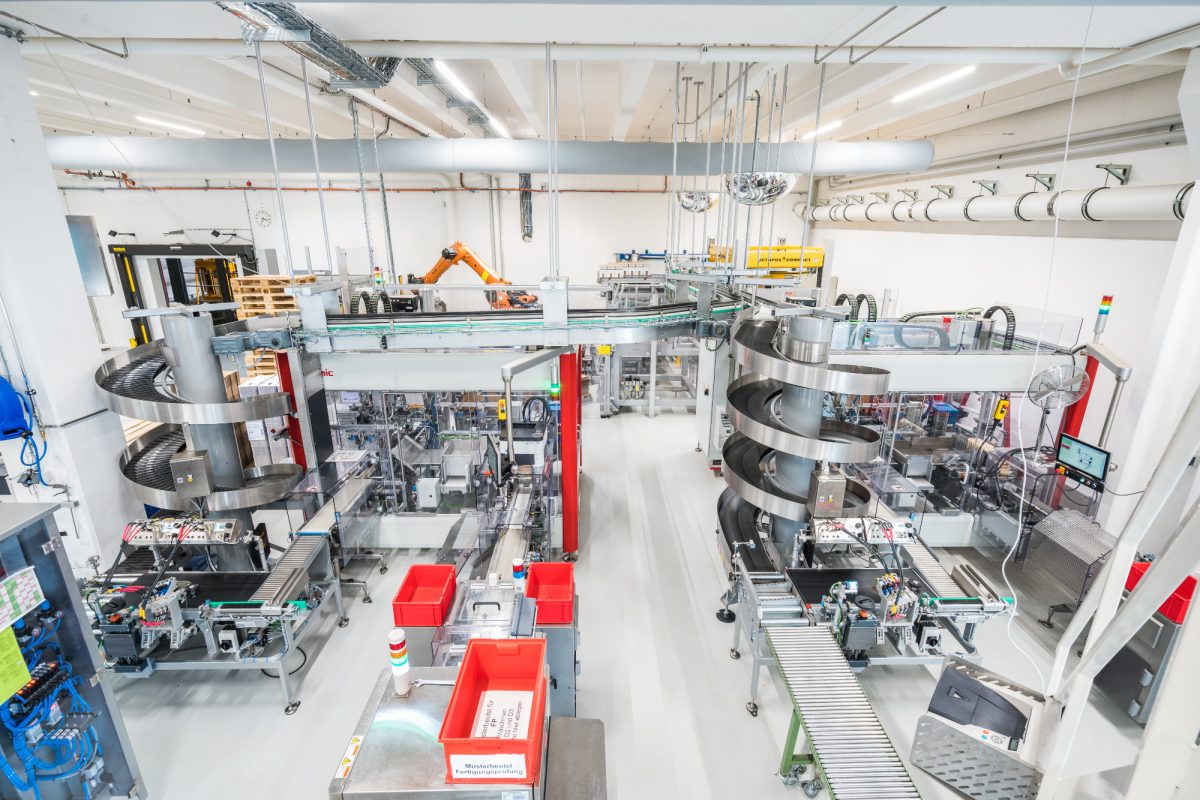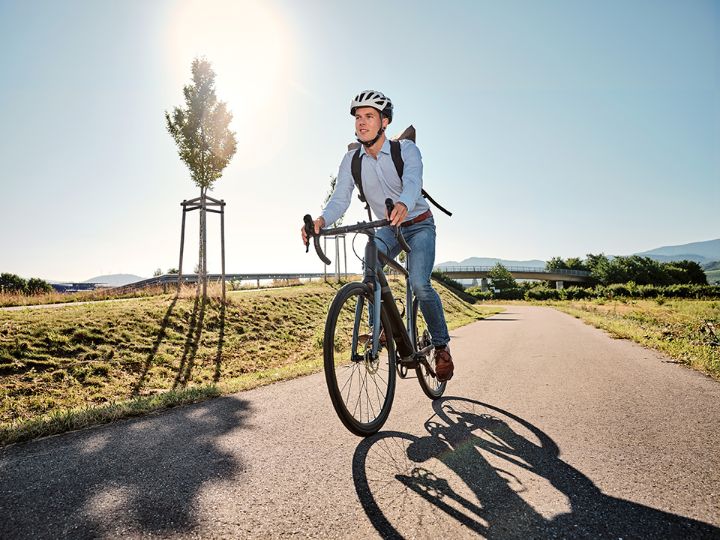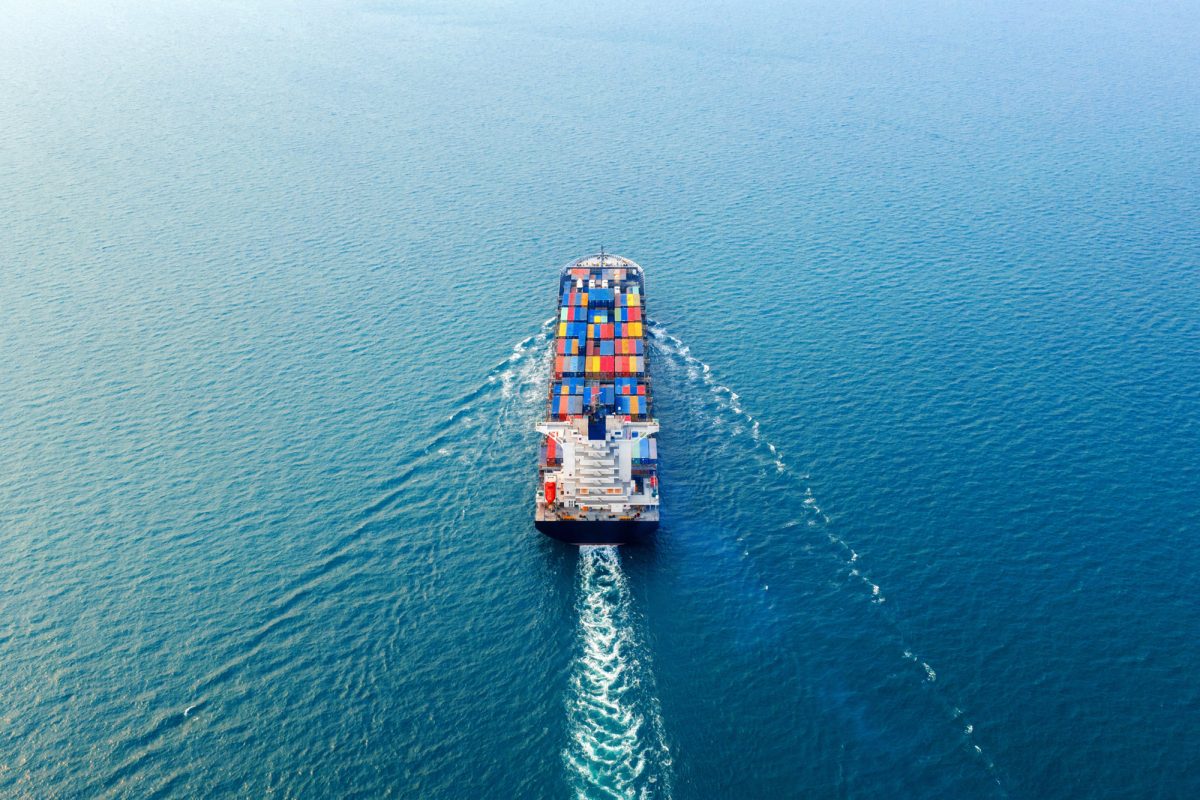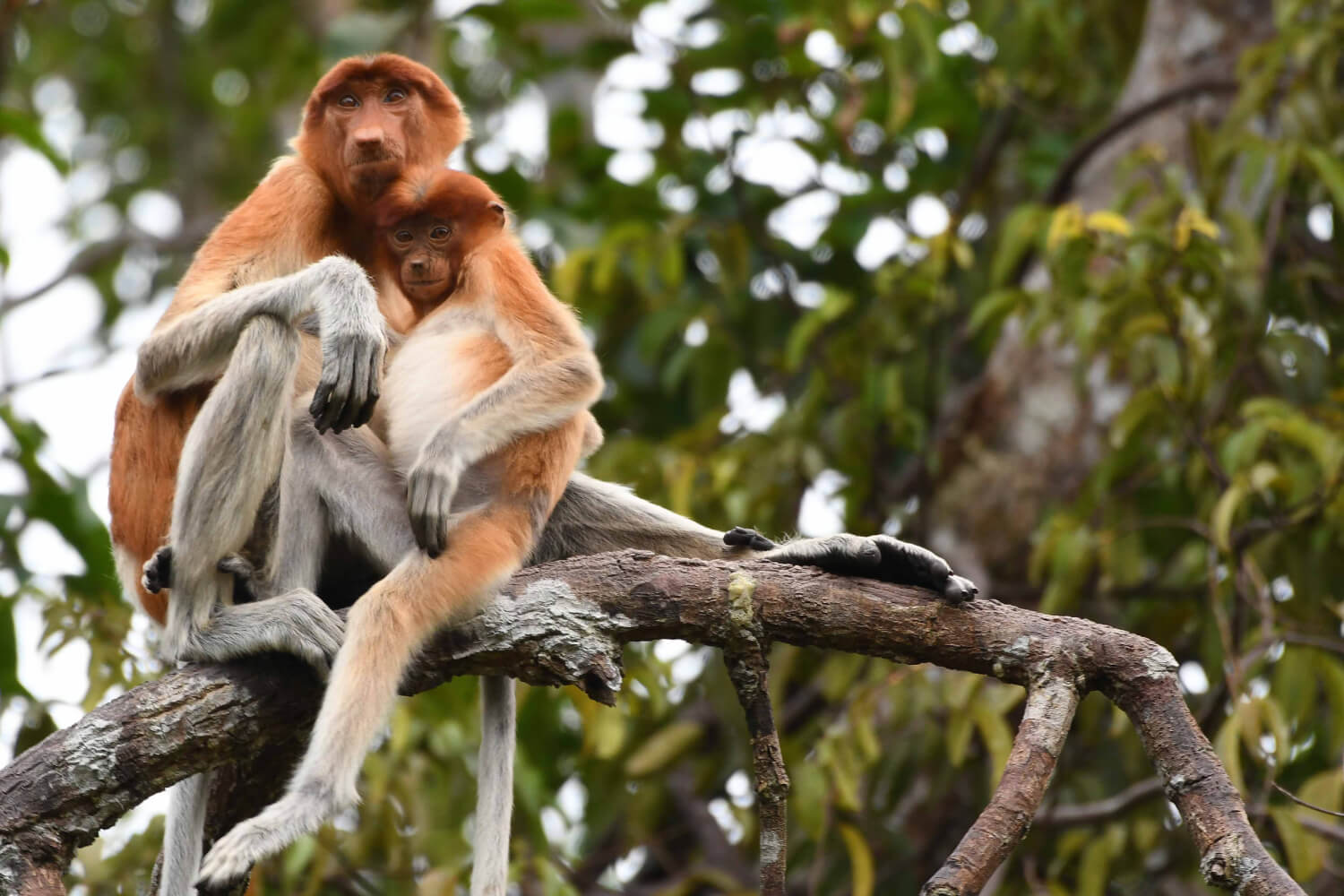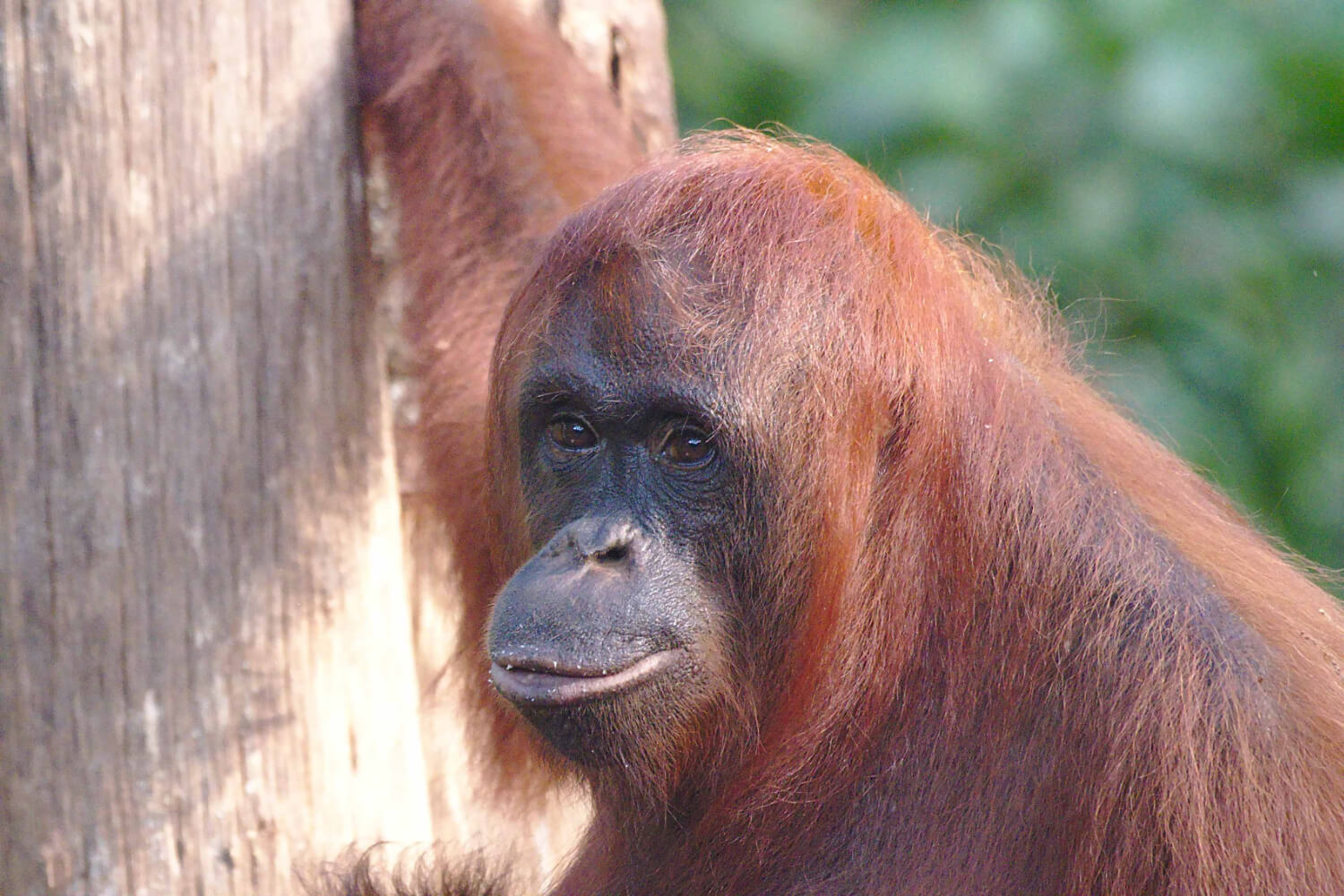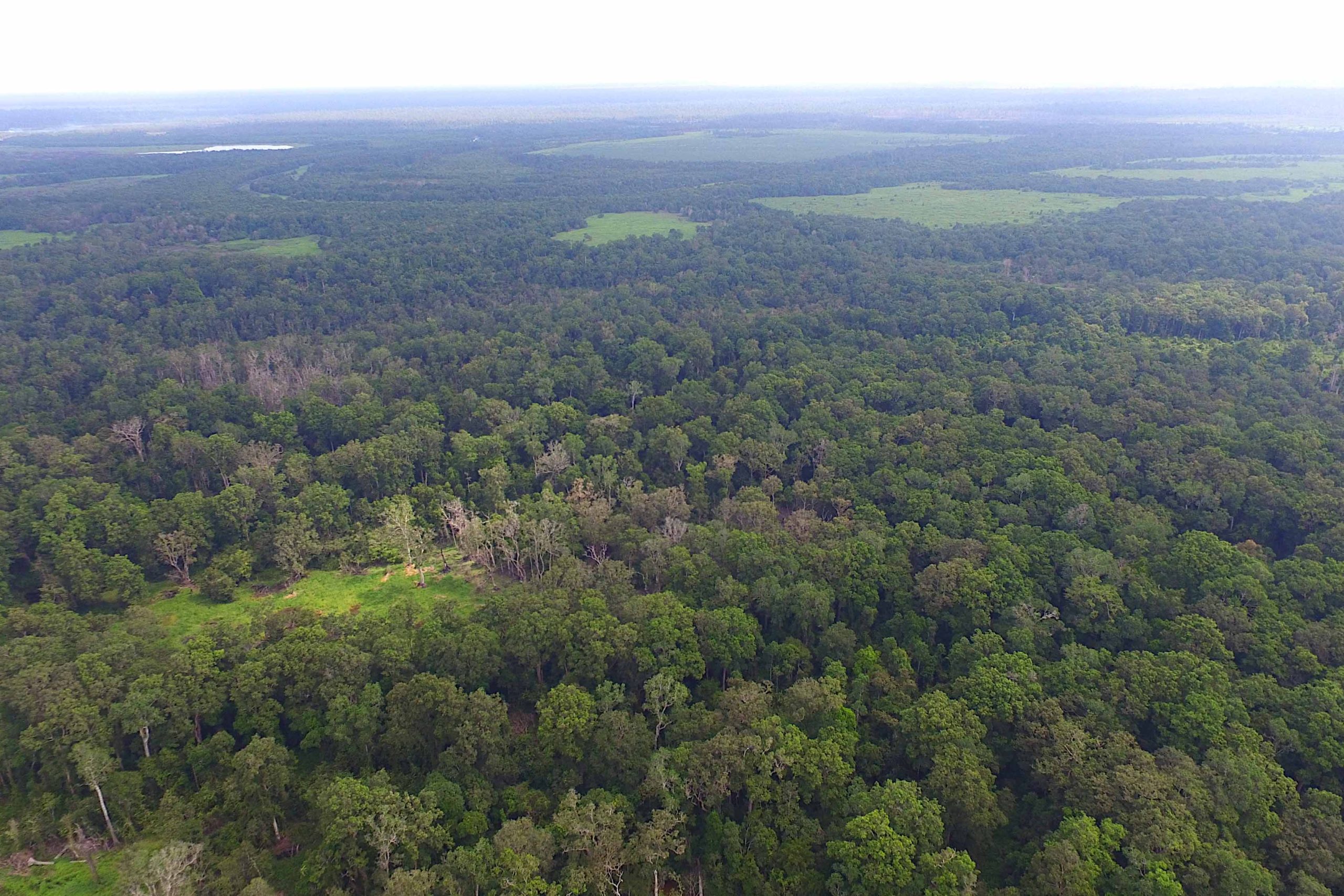Our sustainable climate strategy
Record temperatures, drought, flooding – the impact of climate change is clearer than ever all over the world. And not just in remote producing countries. Whether hazelnuts from Italy or walnuts from Chile: our Seeberger natural products are grown in many countries severely affected by climate change. The changing climate has an impact on the cultivation and harvesting of our products worldwide. Growth cycles are shifting, and harvests may be smaller or non-existent. Our obligation? To integrate climate protection firmly into our daily processes and strategic decisions. That’s the only way to ensure our products maintain that proven Seeberger quality and are safeguarded for future generations.
We’ve been working on implementing our climate protection strategy since 2013. We’re saving energy wherever possible. We’ve been using 100 % green energy since 2014 and are increasingly turning to e-mobility. We’re producing energy ourselves using modern photovoltaic systems – and much more. We have been recording our emissions since 2013. Every two years, we review the current situation in the form of a climate footprint for CO2 emissions at our site and in production (scope 1 and 2). Our vision is a climate-neutral supply chain. To achieve this, we’re currently preparing an illustrative product climate footprint for our product categories fruits, nuts and coffee, which we will use to plan specific measures and set reduction targets. On this basis, we can plan specific measures and set ourselves reduction targets.


